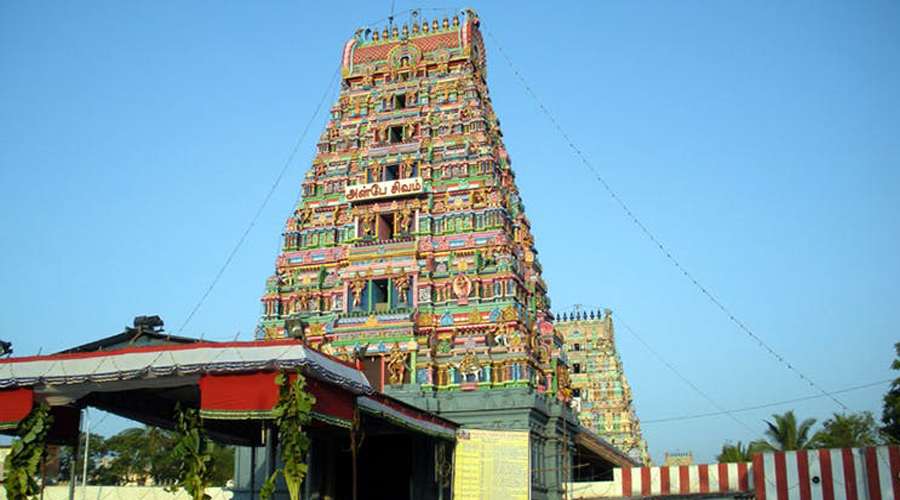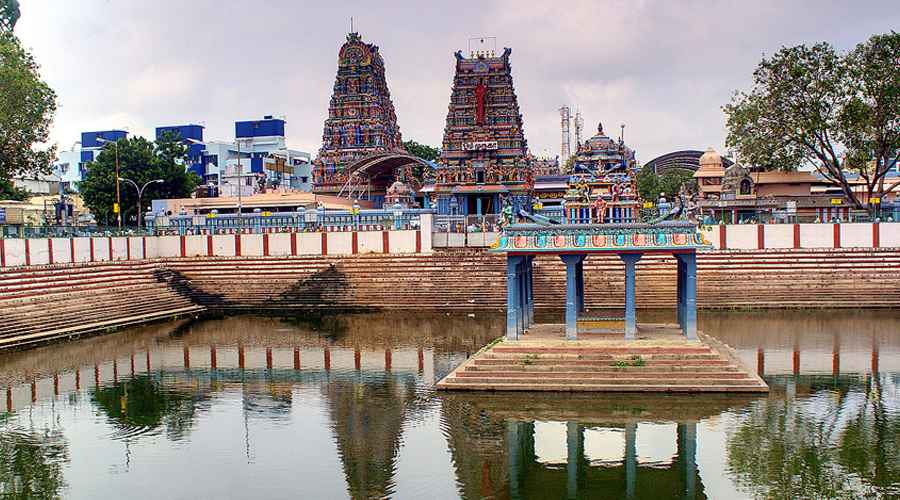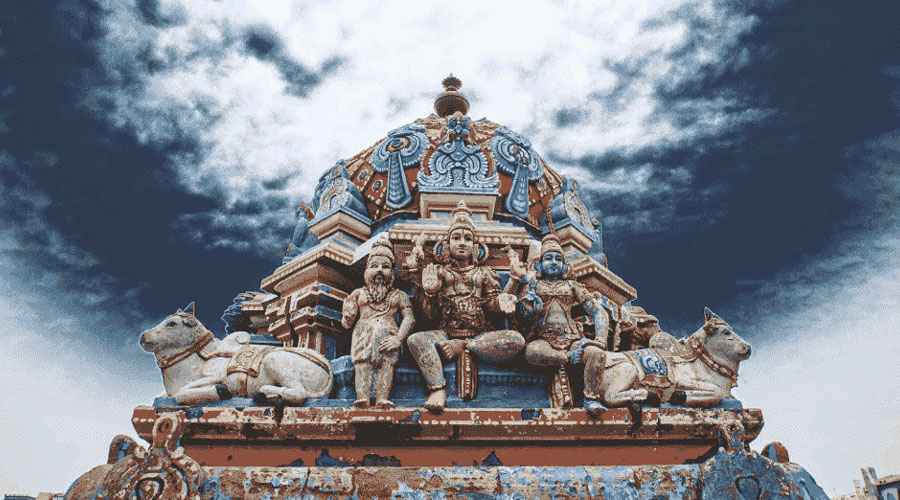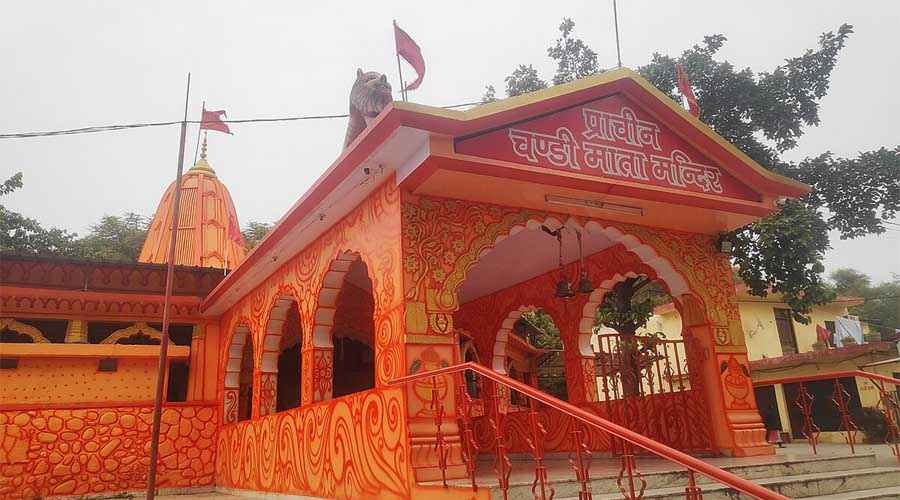Situated in the bustling heart of Ahmedabad, Gujarat, the Sidi Saiyyed Mosque stands as a masterpiece of stonework and an enduring testimony to the architectural and cultural heritage of the Gujarat Sultanate. Famed for its breathtaking latticework windows, or jalis, the mosque has become not just a religious landmark but the unofficial symbol of the city itself, inspiring generations of artists, architects, and historians alike.
Historical Origins
Constructed in 1572-1573 CE, the Sidi Saiyyed Mosque arose during a period of transition and turbulence. The last years of the Gujarat Sultanate were marked by the approach of the Mughal Empire, and the mosque was completed just before the Mughals fully annexed Gujarat. Its founder, Sidi Saiyyed (sometimes spelled Sayyad), was an Abyssinian nobleman of African descent who came to Gujarat from Yemen. He served Sultan Mahmud Shah III, later working under the command of the powerful general Jhujhar Khan.
Sidi Saiyyed, like many Sidis (Africans or Habshis in India), had come to wield significant influence in the courts and armies of Gujarat. Over time, these Sidis rose from the status of slaves or mercenaries to become respected military commanders and benefactors of art and learning. Sidi Saiyyed’s decision to commission the mosque reflects the growing prominence of the African diaspora within the Sultanate’s cultural and political life.
The Legend of Sidi Saiyyed and His Mosque
The mosque occupies a site that, prior to Sidi Saiyyed’s intervention, held a modest brick structure. The new mosque was envisioned as both a place of worship and an enduring statement of the Sidi community’s imprint on Ahmedabad. Sidi Saiyyed proved not only to be a skilled administrator and warrior but also a patron with a keen eye for aesthetics. He collected books, performed the Hajj pilgrimage, instituted a public kitchen, and established the mosque as his final gesture of devotion to the city; he was later buried near the mosque upon his death in 1576.
Architectural Marvel
The Sidi Saiyyed Mosque is a textbook example of late Gujarat Sultanate architecture—a blend of Indo-Islamic influences and indigenous motifs. The mosque is modest in size but dazzling in execution. Its most striking feature is the row of ten intricately carved jalis—stone lattice windows—on the side and rear arches.
- The Tree of Life Motif: Two of these jalis stand out above all, portraying an elaborate “tree of life” with intertwining branches and foliage. This motif has become so iconic that it inspired the logo of the Indian Institute of Management Ahmedabad and features on countless city souvenirs and artwork.
- Structural Elements: The mosque is built in yellow sandstone, engineered entirely in the arcuated style—relying on arches, domes, and squinches. The front façade is open, supported by five broad arches, giving the mosque an inviting, theatrical appearance. The interior is divided by eight pillars, creating fifteen bays and topped with small cupolas instead of a central dome—an unusual feature in mosque architecture.
- Minarets and Unfinished Dreams: The octagonal minarets at the mosque’s front corners are stunted, likely a result of construction being abandoned or disrupted by the Mughal invasion. One central arch in the rear wall is conspicuously walled in stone, another hint at the unfinished plans of its builders.
Symbolism and Artistic Influence
The Sidi Saiyyed Mosque’s jalis transcend the realm of architecture to become symbols of Ahmedabad’s identity—a celebration of intricate craftsmanship and spiritual symbolism.
- The Tree of Life: The most famous jali depicts an artistic abstraction known as the “tree of life,” which in Islamic mythology represents eternal paradise and interconnectedness. This interpretation is harmonious with Indian philosophical traditions that venerate the tree as a symbol of life and knowledge.
- Enduring Icon: The jali motif is so ingrained in Ahmedabad’s visual identity that it is featured on logos, university crests, and even popular merchandise. Tourists, pilgrims, and photographers flock to the site to witness its delicate beauty, often described as the most beautiful stone latticework anywhere in the world.
Colonial Encounters and Preservation
During the British colonial period, the mosque’s sanctity was compromised when it was repurposed as an administrative office. Doors were fitted, and sacred spaces like the mihrabs were damaged or redecorated to suit bureaucratic needs. It was only during Lord Curzon’s viceroyalty that steps were taken to restore the mosque to its sacred function and preserve it as a historical monument.
The Mosque Today
Today, the Sidi Saiyyed Mosque attracts a steady stream of visitors—devotees, architecture aficionados, tourists, and local families. It is open from early morning till evening and does not charge an entry fee, ensuring universal access. The mosque continues to be a place of prayer, reflection, and community gatherings, as well as an essential stop on heritage walks through the old city.
Ahmedabad’s bid for UNESCO World Heritage status highlighted the mosque as a primary example of the city’s remarkable urban and architectural legacy, blending influences from across regions and continents.
Conclusion
The Sidi Saiyyed Mosque is more than a religious building—it is an emblem of Ahmedabad’s cosmopolitan history. Its story embodies both the rise of marginalized communities to prominence and the timeless capacity of human artistry to transform stone into poetry. The Sidi Saiyyed Mosque stands not just as a monument, but as a living testimony to India’s layered past, its vibrant present, and the delicate artistry that bridges the two.
For any traveler to Ahmedabad, standing before the Tree of Life jalis is an unforgettable experience—one that stitches the city’s centuries together in filigreed stone and sunlight.



